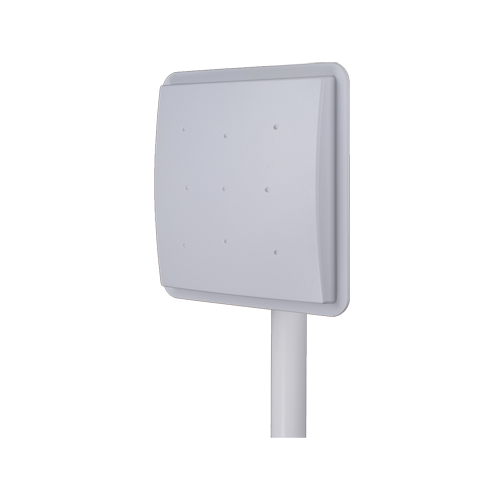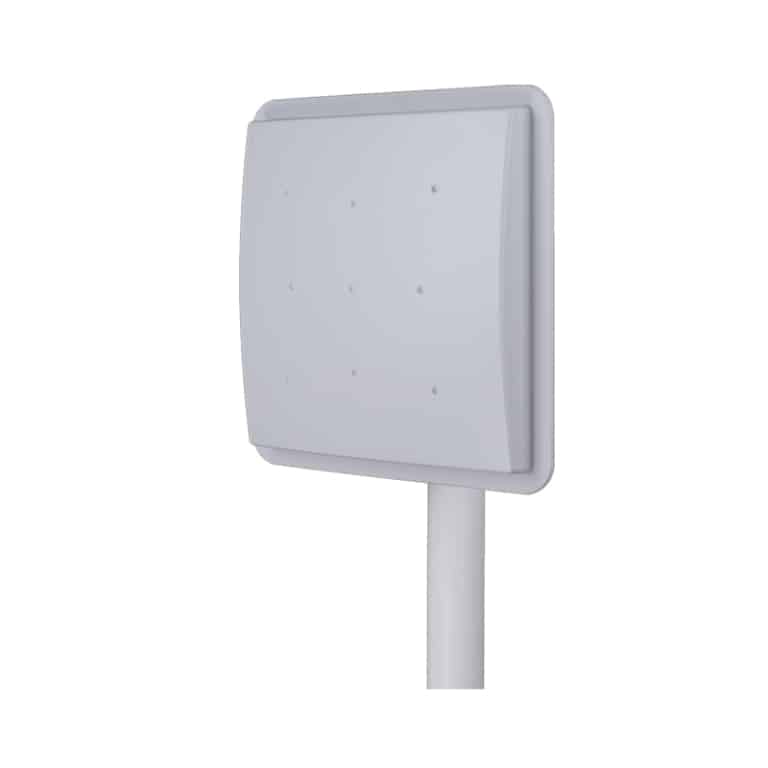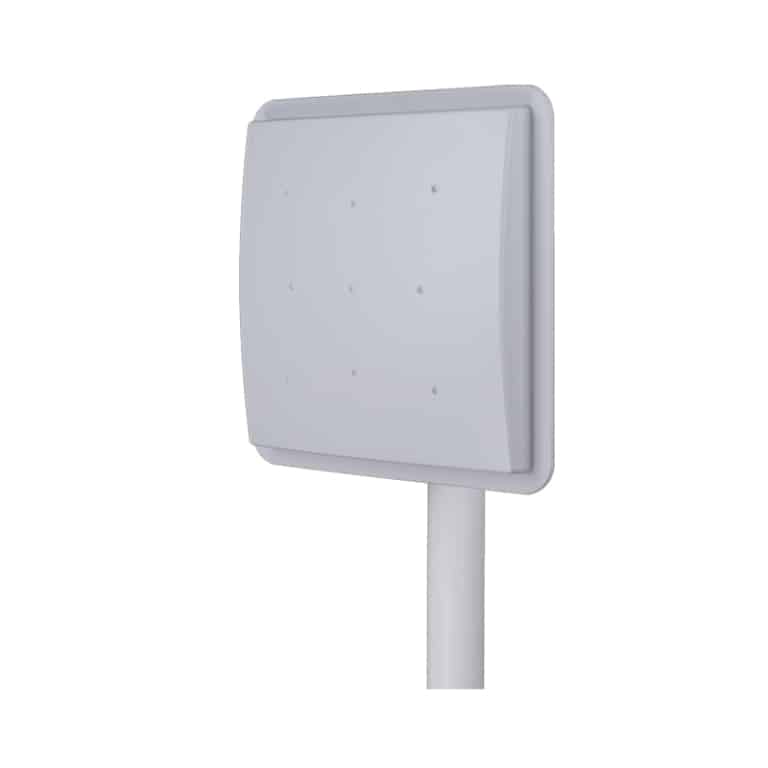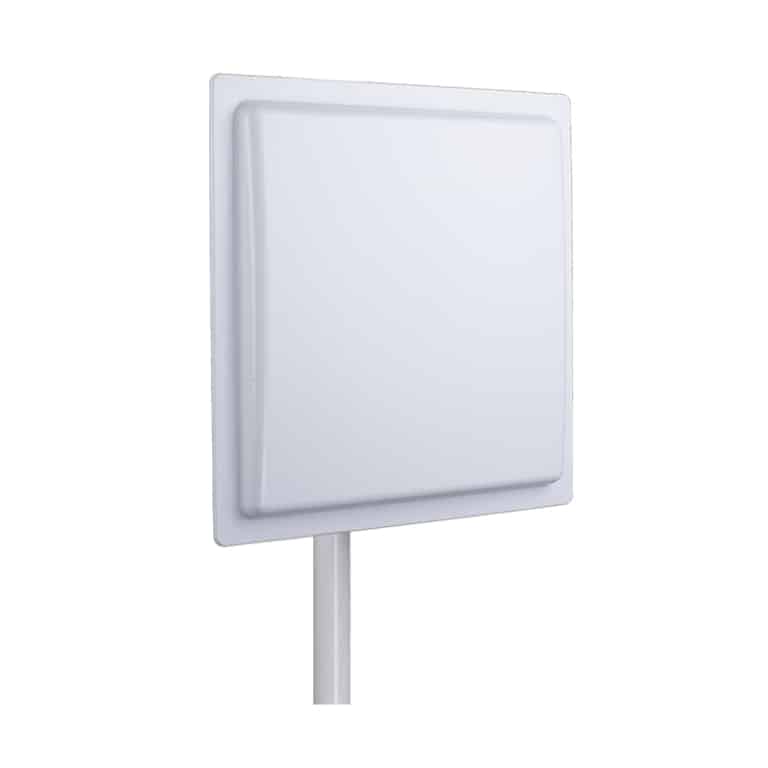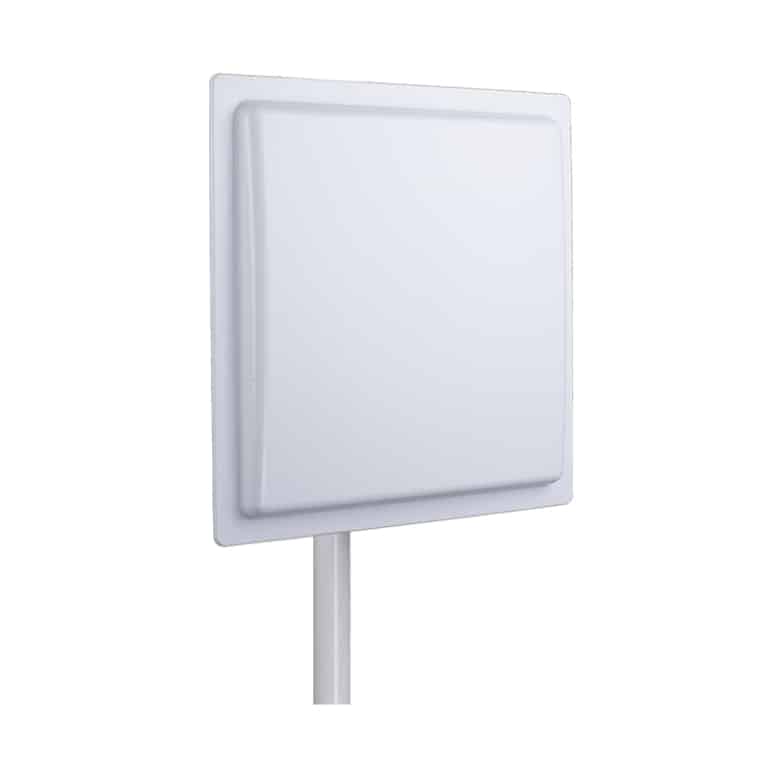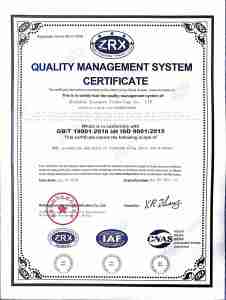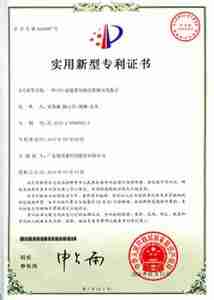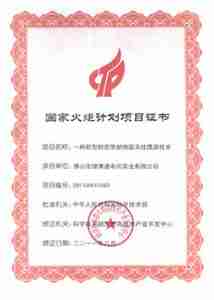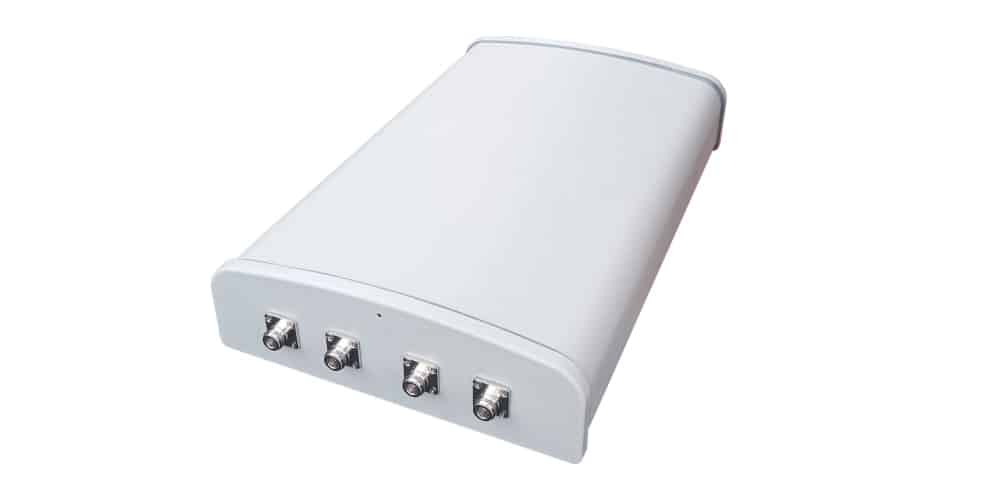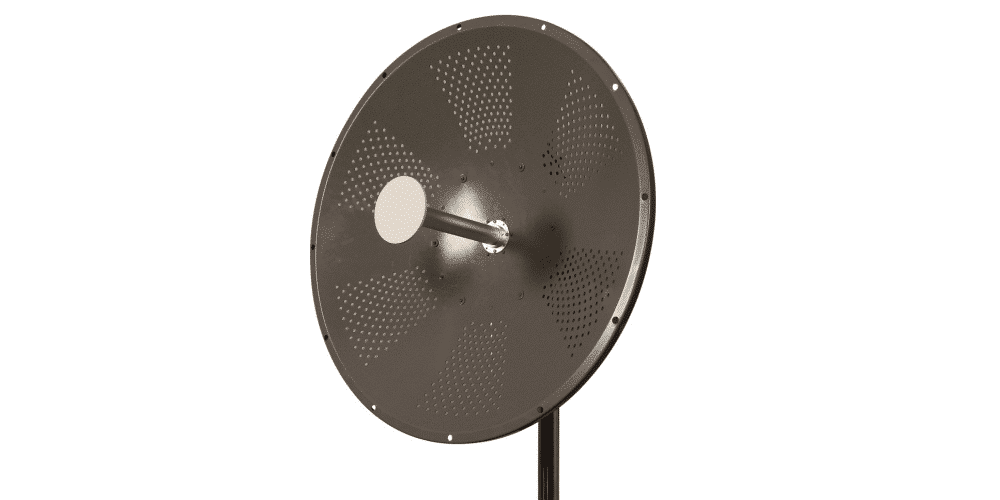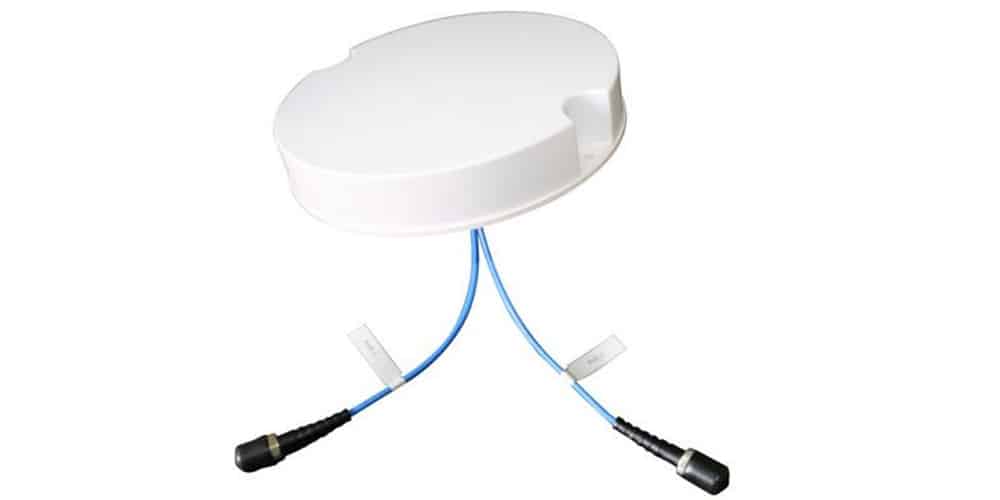Introduction
La RFID ou technologie d'identification par radiofréquence est l'une des technologies de pointe dans le secteur des communications sans fil et de l'IdO. Cet article vise à fournir une brève compréhension du principe de fonctionnement des antennes RFID, qui peuvent être considérées comme le composant le plus essentiel d'un système RFID. Dans un premier temps, une brève introduction à un système RFID est fournie pour comprendre un système RFID. Ensuite, une brève note sur les antennes RFID est fournie avec les différents types d'antennes RFID et leur fonctionnement. En outre, les différentes applications des antennes RFID sont abordées avec leurs avantages et leurs inconvénients. Enfin, l'article aborde également les tendances futures des antennes RFID. Cet article servira de référence concise pour choisir la meilleure antenne RFID pour votre application.
Comprendre la technologie RFID
Tout d'abord, nous examinerons les détails de la technologie RFID. La technologie des radiofréquences est l'une des plus anciennes méthodes de communication sans fil de l'ère moderne. Cependant, elle reste l'une des principales technologies de communication sans fil moderne. La RFID fait référence à l'utilisation de la radiofréquence pour la communication en champ proche. Un système RFID typique se compose d'un lecteur et d'une étiquette. Le lecteur RFID est chargé de lire les messages via l'étiquette. Outre le lecteur et l'étiquette, l'antenne RFID est un autre composant essentiel et critique qui est responsable de la transmission et de la réception des informations de radiofréquence. Dans un système RFID, une étiquette stocke les informations à transmettre au lecteur. Le lecteur est chargé de recevoir toute information transmise par un utilisateur ou un identifiant.
Qu'est-ce qu'une antenne RFID ?
Les antennes RFID sont chargées de convertir le signal de l'utilisateur RFID en un signal RF et de le recevoir et de le reconvertir en un signal de l'utilisateur RFID. Cependant, les antennes RFID sont également utilisées comme alternatives aux lecteurs RFID dans certaines applications. Mais contrairement aux lecteurs, les antennes RFID sont des dispositifs passifs qui nécessitent une source d'alimentation supplémentaire lorsqu'il n'y a pas de lecteur dans le système RFID.
Il existe différents types d'antennes RFID qui dépendent de nombreux aspects. Voici quelques-uns des principaux types d'antennes RFID,
- Antenne RFID active : ces antennes sont équipées d'un lecteur qui fournit l'énergie nécessaire au fonctionnement de l'élément d'antenne.
- Antenne RFID passive : ces antennes fonctionnent en récoltant la puissance du signal transmis. Cette puissance est générée par les effets du champ électromagnétique créé à proximité de l'antenne.
Outre ces deux types d'antennes, il existe des antennes RFID semi-passives, qui utilisent une source d'énergie supplémentaire.
Outre cette classification des antennes RFID, celles-ci sont également classées comme suit,
- Antennes panneau - Ces antennes sont les antennes RFID les plus utilisées. Elles sont utilisées dans des applications telles que le suivi des biens et la gestion de la chaîne d'approvisionnement.
- Antennes de portail - Ces antennes de portail constituent une passerelle permettant de collecter les données de l'étiquette RFID pendant que l'étiquette se déplace à travers la passerelle. Ces antennes sont utilisées pour le contrôle des stocks, le contrôle documentaire et les articles en transit retournables.
- Antennes d'étagère - Ces antennes sont conçues pour lire les étiquettes RFID montées sur le dessus ou juste au-dessus d'elles. Ces antennes sont largement utilisées dans les supermarchés et autres commerces de détail.
- Antennes terrestres - Ces antennes sont placées sur le sol, où la personne ou l'équipement équipé d'une étiquette RFID peut être transporté pour transmettre des données. Ces antennes sont utilisées dans des applications telles que le suivi des biens dans les entrepôts et les systèmes de contrôle des participants.
- Antennes de bureau - Il s'agit du nom donné à une large gamme d'antennes RFID qui fonctionnent sur de courtes distances, de l'ordre de 3 à 5 pouces. Ces antennes sont utilisées dans les systèmes de vérification des bibliothèques, les systèmes de documentation des dossiers et les machines de point de vente (POS).
En outre, outre ces classifications d'antennes, les antennes RFID sont également classées en fonction de la gamme de fréquences de fonctionnement, telles que UHF, VHF et micro-ondes.
Un dernier type de classification des antennes RFID comprend la classification des antennes RFID en fonction de leur polarisation et de leur rayon d'action. Ces antennes sont les suivantes :
- Antennes RFID à polarisation linéaire : Ces antennes assurent une couverture à polarisation linéaire et offrent une plage de lecture considérable. Ces antennes conviennent principalement aux applications avec des cibles stationnaires.
- Antennes RFID à polarisation circulaire : Ces antennes offrent une couverture à polarisation circulaire avec une portée de lecture minimale. Ces antennes sont idéales pour les applications avec des cibles en mouvement.
- Antennes à champ proche : Ces antennes ont un champ magnétique puissant à la longueur d'onde de la fréquence de fonctionnement.
- Antennes à champ lointain : Ces antennes ont un champ magnétique puissant dans leur champ lointain et conviennent aux cibles stationnaires à longue portée.
Comment fonctionnent les antennes RFID ?
Les antennes RFID sont les principaux éléments d'un système RFID chargés de transmettre et de recevoir des signaux RF. Toutefois, dans certains systèmes, les antennes RFID remplacent les récepteurs (lecteurs RFID) et agissent comme des éléments passifs. Au départ, l'antenne RFID émet des signaux radio, qui créent un champ électromagnétique à proximité de l'antenne. Ensuite, lorsqu'une étiquette RFID entre dans ce champ électromagnétique, l'antenne de l'étiquette RFID reçoit le signal émis par l'antenne initiale. De plus, un identifiant unique est envoyé par l'étiquette au lecteur via les antennes, après quoi il est authentifié par le récepteur. Enfin, la communication est établie entre le lecteur et l'étiquette.
Conception et caractéristiques des antennes RFID
Les principales caractéristiques qui définissent les antennes RFID sont les suivantes :
- Fréquence de fonctionnement : Elle dépend de la cible et des informations à transmettre. Selon la gamme de fréquences, les antennes RFID peuvent être des antennes UHF, VHF, HF ou à micro-ondes.
- Champ d'action : Les antennes RFID peuvent être conçues pour obtenir un champ magnétique puissant dans le champ proche ou le champ lointain. En outre, la portée attendue dépend de la nature de l'application de l'utilisateur.
- Nature des cibles : La nature de la cible (étiquette RFID) impliquée dans l'application est un autre facteur critique dans la sélection de l'antenne RFID appropriée. En fonction de la dynamique, de la taille et du matériau de la cible, l'antenne RFID peut changer.
- Polarisation et directivité : Ce facteur assure un gain directionnel en fonction de l'application de l'utilisateur.
Les antennes RFID se présentent sous différents facteurs de forme, qui dépendent à leur tour du type d'antenne RFID utilisé et de la nature de l'application. Par exemple, les antennes RFID au sol peuvent avoir la taille d'une porte, tandis que les antennes RFID de bureau sont intégrées dans les caisses des magasins de détail.
Applications des antennes RFID
Différents types d'antennes RFID sont utilisés dans une large gamme d'applications, dont les principales sont les suivantes :
- Gestion des stocks
- Logistique et suivi de la chaîne d'approvisionnement : Il s'agit d'une application en vogue qui permet de suivre les flottes en cours d'exploitation.
- Contrôle d'accès et sécurité : Les systèmes de marquage des participants et les systèmes de contrôle des bibliothèques en sont quelques exemples.
- Suivi des actifs
- Systèmes de surveillance de l'environnement et des entrepôts
Avantages et limites des antennes RFID
Voici quelques-uns des avantages des antennes RFID :
- Faible encombrement permettant une intégration aisée dans les tâches quotidiennes. Par exemple, les machines de point de vente.
- Précision de la collecte d'informations. Les antennes RFID ne sont capables de recevoir que des informations provenant d'identifiants connus.
- Efficacité de l'opération.
Cependant, les antennes RFID présentent également certaines limites. Voici quelques-unes des plus importantes d'entre elles :
- Interférences : La plupart des antennes RFID sont sujettes aux interférences en raison de leur structure et de la nature de leur fonctionnement
- Coût de production : Comparées aux antennes microruban, la plupart des antennes RFID sont coûteuses à fabriquer.
Tendances futures de la technologie des antennes RFID
Les antennes RFID deviennent aujourd'hui populaires dans les dispositifs IoT, pour différentes applications telles que le suivi des actifs, la gestion de flotte et les applications de surveillance des conditions environnementales. En outre, elles sont aussi largement adaptées aux industries de l'automobile et de la sécurité pour construire des systèmes plus robustes basés sur la technologie RFID.
Conclusion
Nous avons abordé le principe de fonctionnement et les différents types d'antennes RFID. Nous avons également présenté quelques-unes des principales applications des différents types d'antennes RFID. Enfin, nous avons brièvement présenté certains des avantages et des limites des antennes RFID, ainsi qu'un bref aperçu de l'avenir des antennes RFID.

